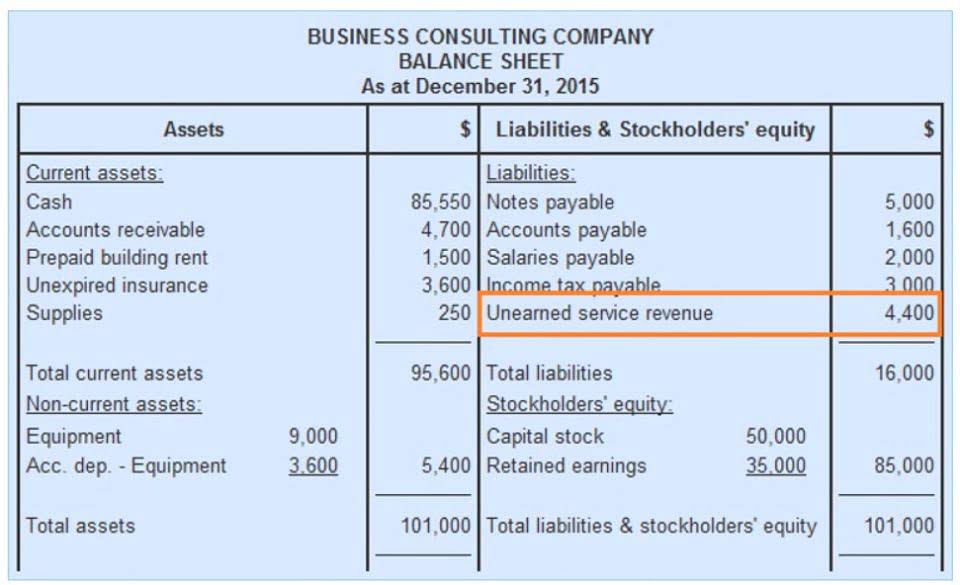Taxable Profit Meaning, Example, Calculate, vs Accounting Profit

Accurately tracking explicit AI in Accounting costs is critical for managing cash flow and operational efficiency. You cannot bookkeep for implicit costs because there are no transactions you can enter for making a business decision. However, you can account for accounting profit by looking at revenue and explicit costs (e.g., expenses and COGS). It is a key metric reported on financial statements, providing transparency to stakeholders like investors and creditors.

Example of the Profit Calculation
Profit and loss statement is also known as an Income statement in Accounting terms. If you need more guidance preparing your profit and loss statement? For example, although a particular product might not be as profitable as it once was, what are the ramifications of doing away with it entirely? Consider your customers, your employees, and your company’s brand when making any kind of change. Furthermore, each cost and expense is entered as a negative figure to reflect that the line item represents an outflow of cash. Together, alongside the cash flow statement (CFS) and balance sheet (B/S), the P&L statement provides a detailed depiction of the financial state of a company.
Accounting profit in different business structures
Accounting profit, also referred to as financial profit or bookkeeping profit, is a company’s net income, or total revenue minus explicit costs. Accounting profit is used to assess a company’s performance and compare its financial position to competitors. No, accounting profit only considers explicit costs, excluding opportunity costs. The calculation for operating margin is sales minus the cost of goods sold and operating expenses, divided by sales.
Step 2: Deduct COGS from Revenues
- Delve into the ripple effect of depreciation on accounting profit.
- In this comprehensive guide, we’ll walk through the step-by-step process of calculating accounting profit.
- A company may choose Project A over Project B. The profit from Project A after deducting expenses and costs would be the accounting profit.
- These additional expenses are deducted to arrive at your net profit (aka net income).
- It is useful for management to assess the performance of the business.
- It can also tell you how efficient your company is in resource allocations.
- The placement of gross profit and net income within financial statements illustrates their distinct roles.
Economic profit is a company’s net income minus explicit and opportunity costs. The purpose of calculating economic profit is to help businesses make sound financial decisions about the kinds of opportunities they want to invest in. Economic profit is a form of profit that is derived from producing goods and services while factoring in the alternative uses of a company’s resources. It deducts explicit costs from revenue and includes the opportunity costs incurred during that period of time. Implicit costs, which are typically the costs of a company’s resources, are also part of the equation. In the modern competitive business environment, most of the organizations are focusing on increasing their ROI (Return On Investment) by reducing their risks.

If you’re investing, it’s a way to spot financially solid companies. Even if you’re just an employee, knowing your company’s profit margin can give you a hint about job stability or whether there’s room for a raise. Part of how economic profit works is the introduction of what is known as implicit costs. While this concept https://kurhwa.com/what-is-the-best-bookkeeping-software-for-plumbers/ also exists in accounting, the economic model for profit factors in alternative uses of these implicit costs.
Accounting profit is calculated by subtracting a company’s expenses from its revenues and is an important metric for evaluating its profitability. Accounting profit is the net income a business generates, calculated by subtracting explicit costs from its total revenue. Total revenue is the sum of all income a how to calculate accounting profit business earns from its primary operations and other activities.

What Is the Difference Between Zero Accounting Profit and Zero Economic Profit?
- Accounting profit is the profit of a business that includes all revenue and expense items mandated under an accounting framework.
- Determining a company’s revenue growth rate, and also understanding how that rate can be manipulated at smaller firms.
- Calculating expected profit is a fundamental practice for any business aiming to understand its potential financial performance.
- Part of how economic profit works is the introduction of what is known as implicit costs.
- This placement underscores its comprehensive nature, reflecting the company’s overall financial performance after accounting for all expenses and taxes.
The distinction between economic profit and accounting profit is crucial for a comprehensive understanding of financial performance. Accounting profit, derived from subtracting explicit costs from total revenue, is essential for tax reporting and compliance with standards like GAAP or IFRS. The purpose of accounting profit is to measure the financial performance of a business over a specific period.
- Where they differ is that economic profit also uses implicit costs; the various opportunity costs a company incurs when allocating resources elsewhere.
- Investors can check it to pick companies that are financially strong.
- Revenue identification begins by forecasting the total expected income from all business activities.
- Conversely, a negative accounting profit, or an accounting loss, occurs when a business’s explicit costs exceed its total revenue.
- You report your accounting profit to the IRS and analyze it to see how your business is doing financially.
- Now, add in operating expenses to see how the day-to-day costs affect things.
- This testing ensures that the plan does not unfairly favor highly compensated employees, requiring a minimum “gateway” contribution for non-highly compensated employees.
The P&L statement—or “Income Statement”—is a financial report that summarizes a particular company’s revenue, costs, and expenses across a stated period. Like with accounting profit, you can also find totals by looking at your income statement. So, what is the difference between accounting profit and economic profit? At Bench, we do your bookkeeping and generate monthly financial statements for you.






